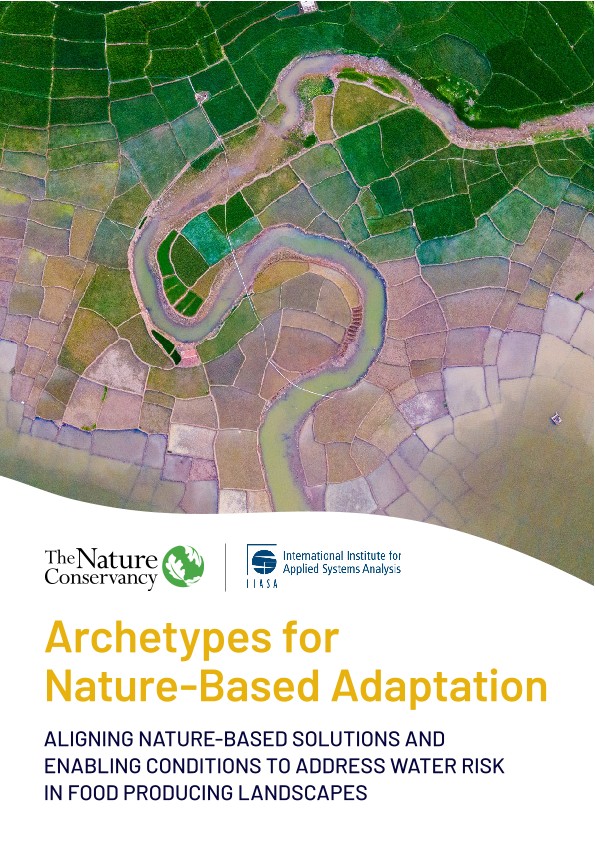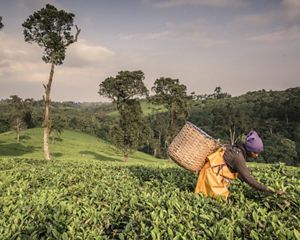
As the climate crisis intensifies, the convergence of risks to our global food, water and biodiversity systems is becoming impossible to ignore. Droughts are deepening, aquifers are depleting, floods are becoming more frequent and water quality is deteriorating—all with direct consequences for the landscapes that feed us and the ecosystems that we depend on. A new report, Archetypes for Nature-Based Adaptation, offers a timely and practical framework for addressing escalating water risk in food-producing regions through the strategic deployment of nature-based solutions (NbS).
The Water-Food Nexus: A System Under Stress
By 2050, climate-driven water stress will reshape the agricultural map:
- Drought frequency will increase by over 70% across a quarter of the planet’s land, with some regions like North Africa facing spikes up to 2,500%.
- Surface water stress will affect 36% of global land, with 86% of that area experiencing severe stress.
- Groundwater stress is projected to rise by 30% globally.
- Nutrient pollution will push one-third of Earth’s surface beyond safe nitrogen thresholds, threatening ecosystems and human health.
- 64% of freshwater biodiversity hotspots will be at risk, most outside protected areas.
- Nutritional security is also at stake, with up to 25% of global crop nutrient production (including zinc, iron and vitamin A) at risk.
These impacts are not isolated. They are deeply interconnected, especially in regions that serve as agricultural powerhouses—from the Indo-Gangetic Plains to the U.S. Great Plains. The report’s modeling reveals that water-related climate threats to food production are widespread and particularly acute in highly productive areas. This shared vulnerability opens the door for cross-border collaboration and knowledge exchange.
A New Framework: Four Archetypes of Water Risk
To support landscape-level adaptation, the report introduces four archetypes of water-related risk in food-producing landscapes. Each archetype is paired with a set of nature-based solutions and enabling conditions necessary for successful implementation.
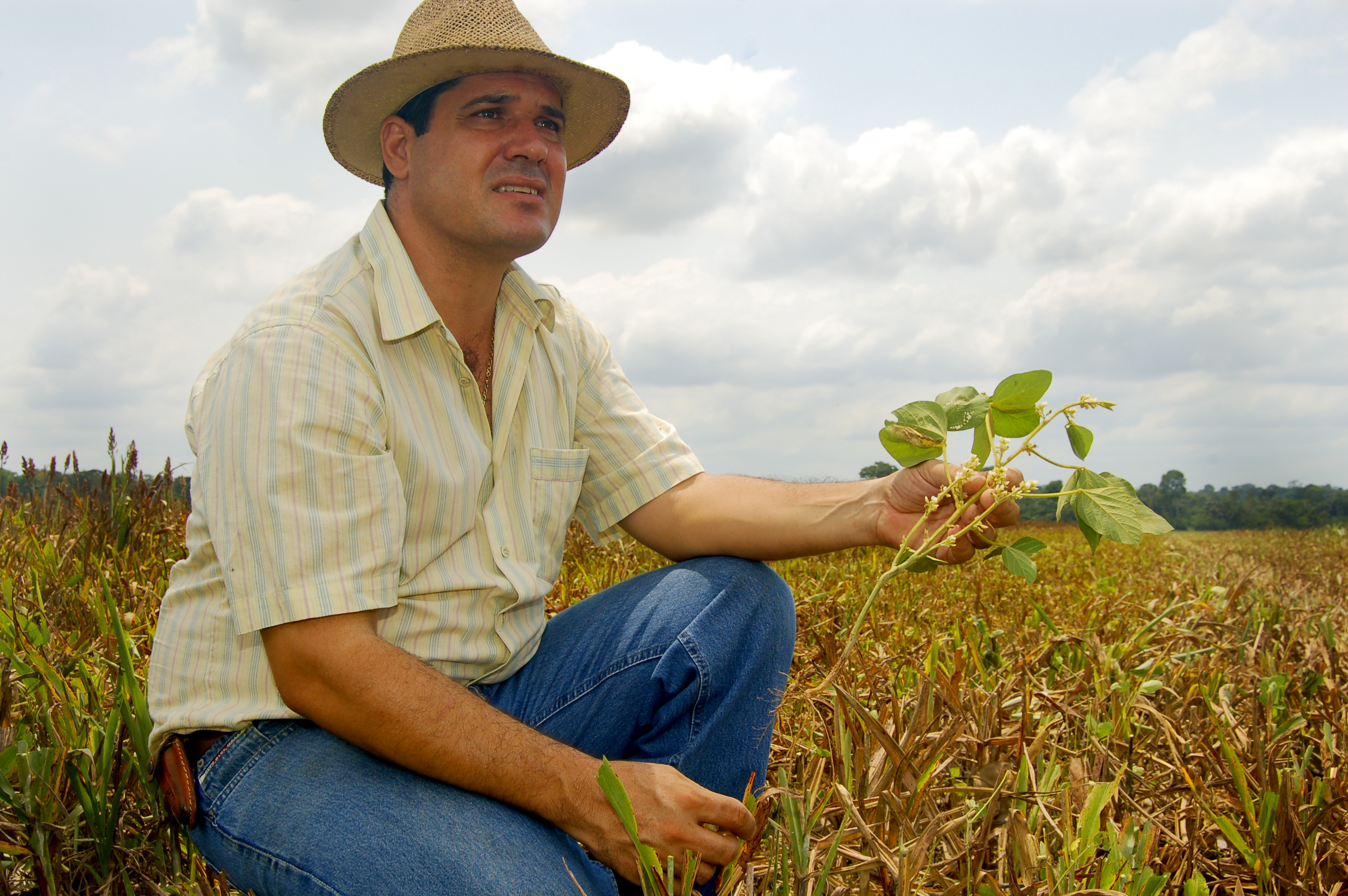
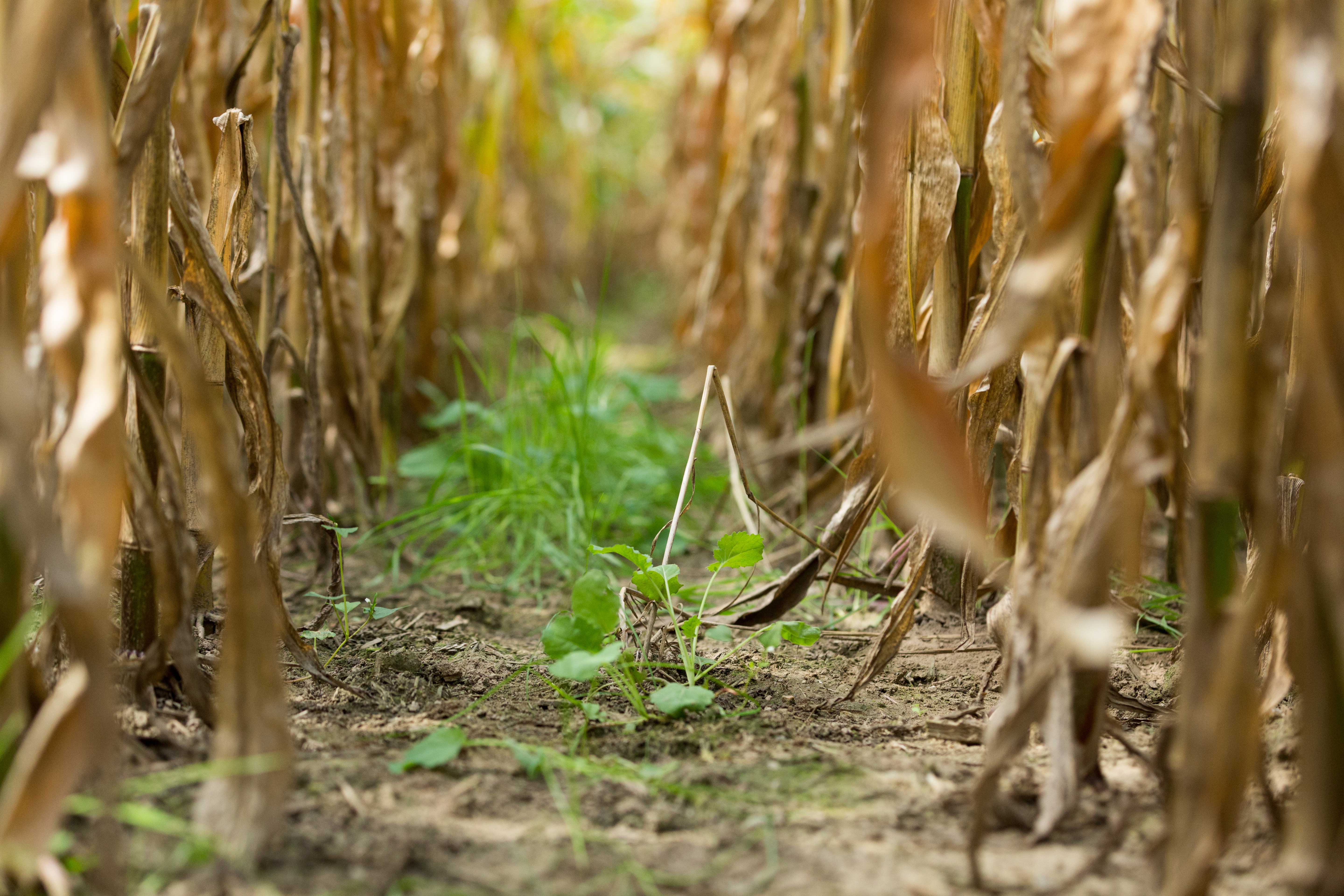
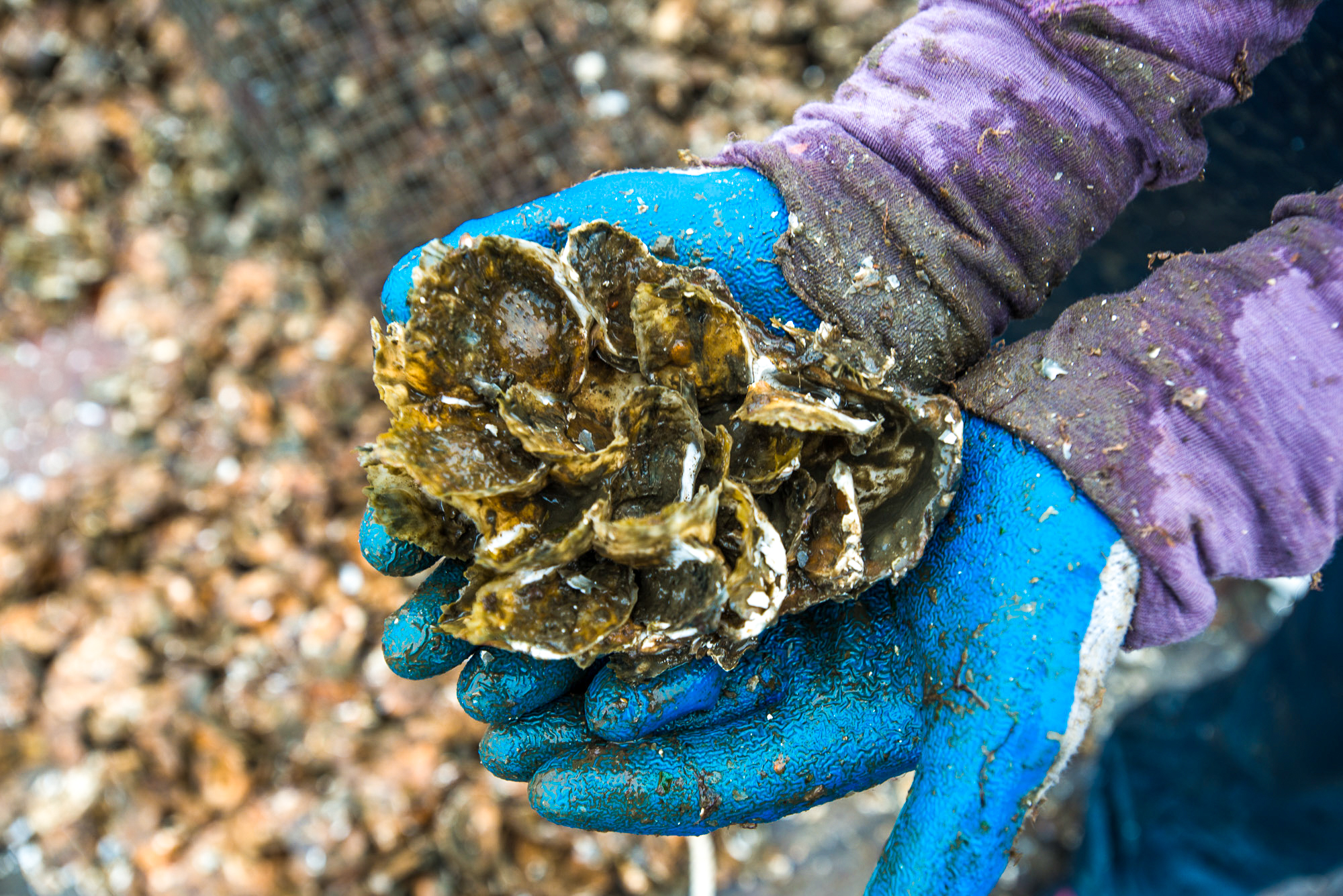
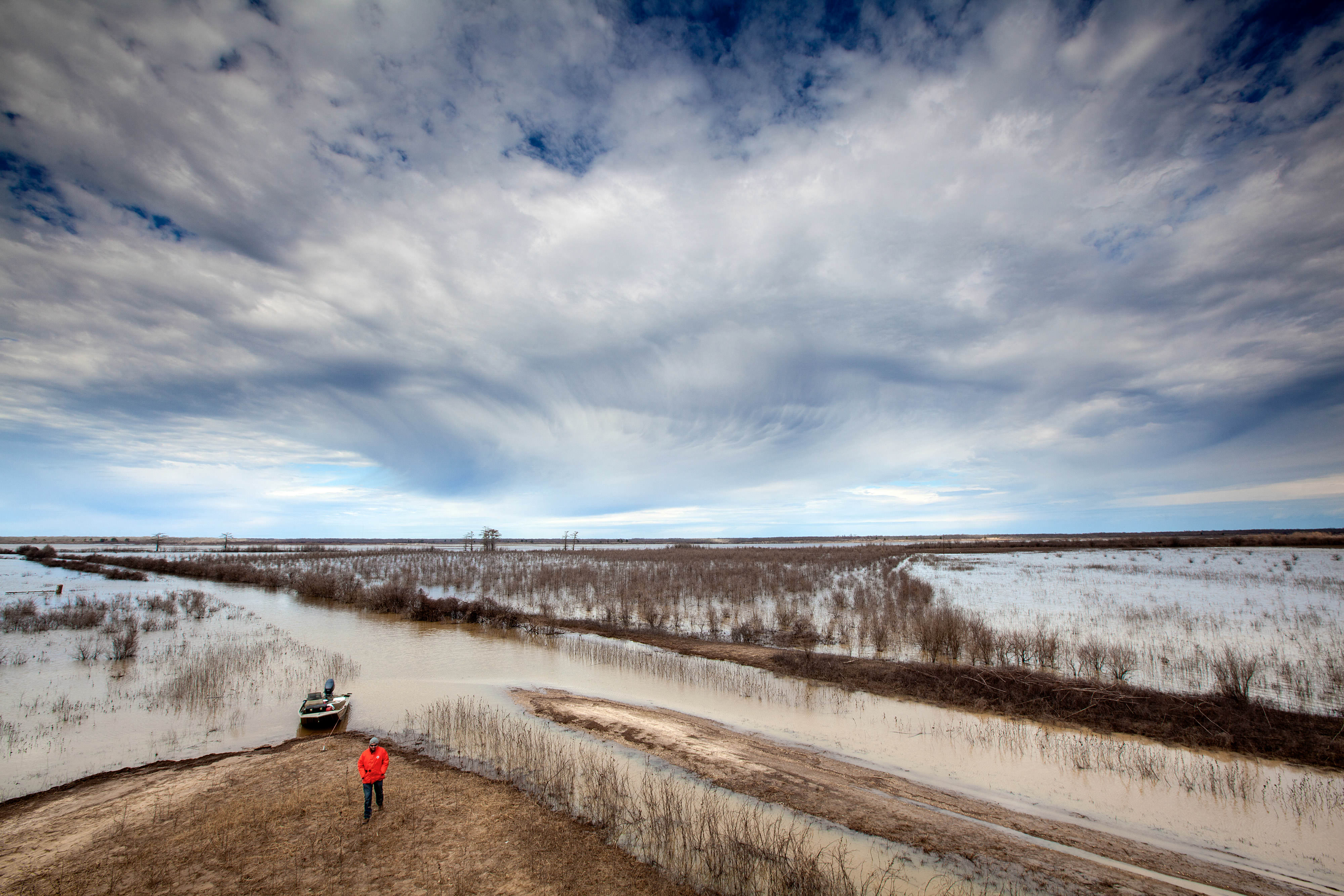
Case Studies from The Nature Conservancy
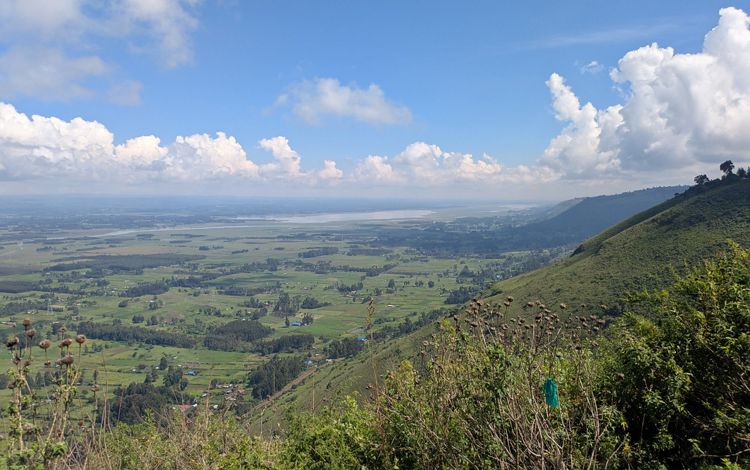
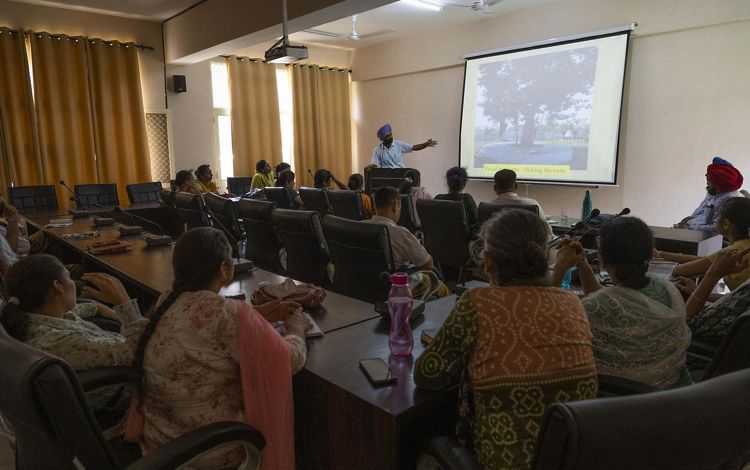

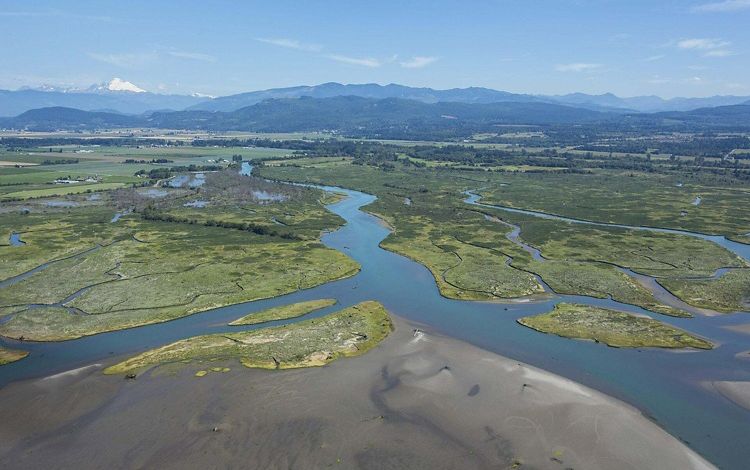
Lessons Learned: What enables successful implementation of NbS at landscape-scale?
Across all four archetypes, the report identifies key lessons learned for successful implementation of NbS at the landscape level:
- Shared vision and inclusive governance: Solutions must be co-created with local communities and stakeholders.
- Collaboration with existing efforts: Building on what’s already working accelerates impact.
- Flexible and adaptive approaches: NbS must be tailored to local contexts and able to evolve with changing conditions.
- Innovative financing models: Long-term sustainability depends on funding mechanisms that support continued relevance and effectiveness.
A Call to Action: Scaling Solutions Across Borders
The archetypes presented in this report are more than theoretical models—they are practical tools for scientists, practitioners and policymakers to apply in real-world contexts. These examples showcase ways landscape initiatives are actively bridging water and agricultural science to build resiliency into food systems in the face of climate change. By connecting seemingly disparate regions—like Punjab and California’s San Joaquin Valley—we can foster a global exchange of ideas and strategies for nature-based adaptation.
Water-related risks are escalating rapidly, threatening the very foundations of our food systems and ecosystems. But with coordinated action, grounded in science and driven by community, we can chart a path forward. The solutions are already being tested. Now is the time to accelerate use of them.
Download
Download the report to learn how to successfully implement nature-based solutions at the landscape level.
DownloadGlobal Insights
Check out our latest thinking and real-world solutions to some of the most complex challenges facing people and the planet today.
